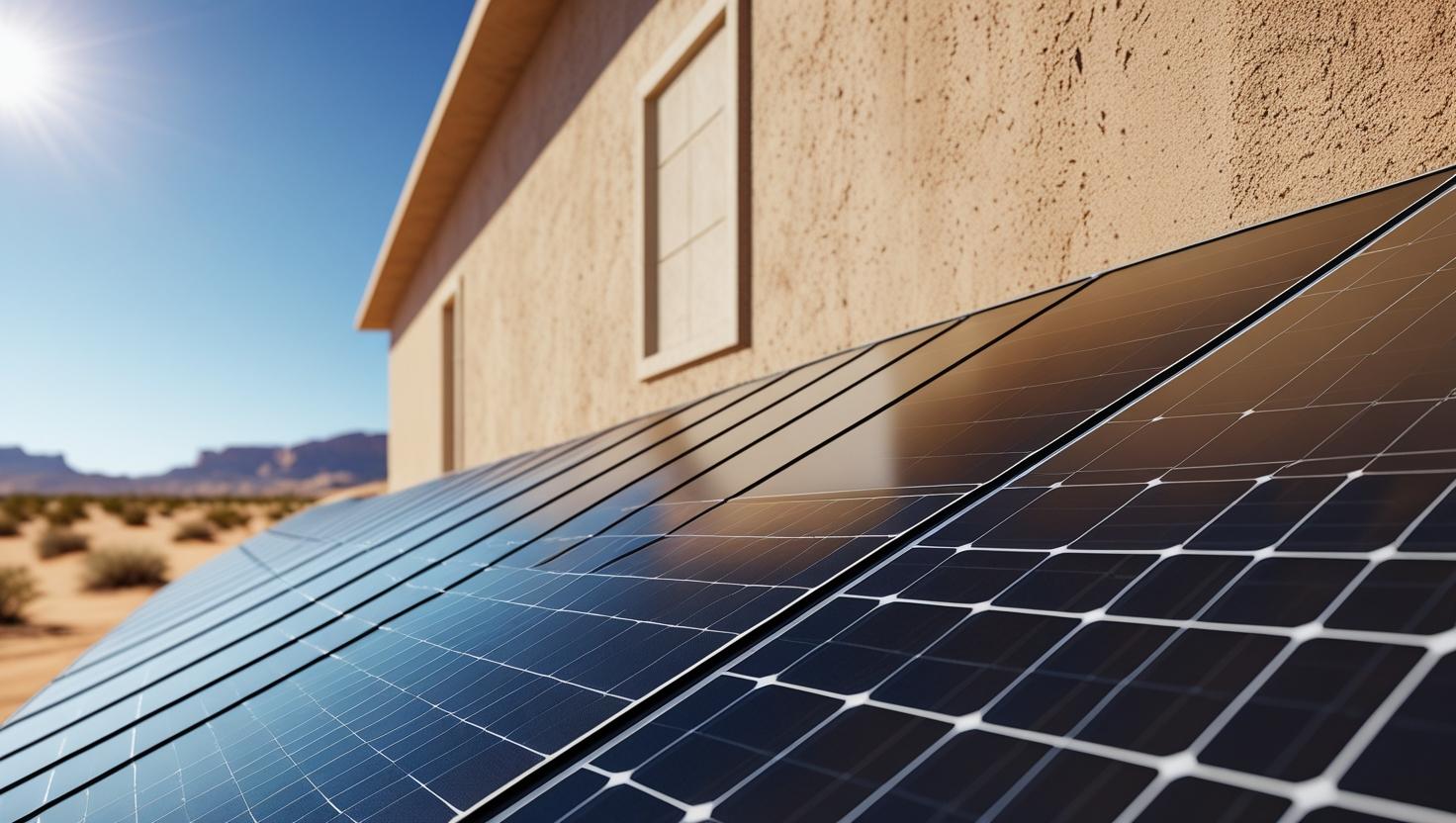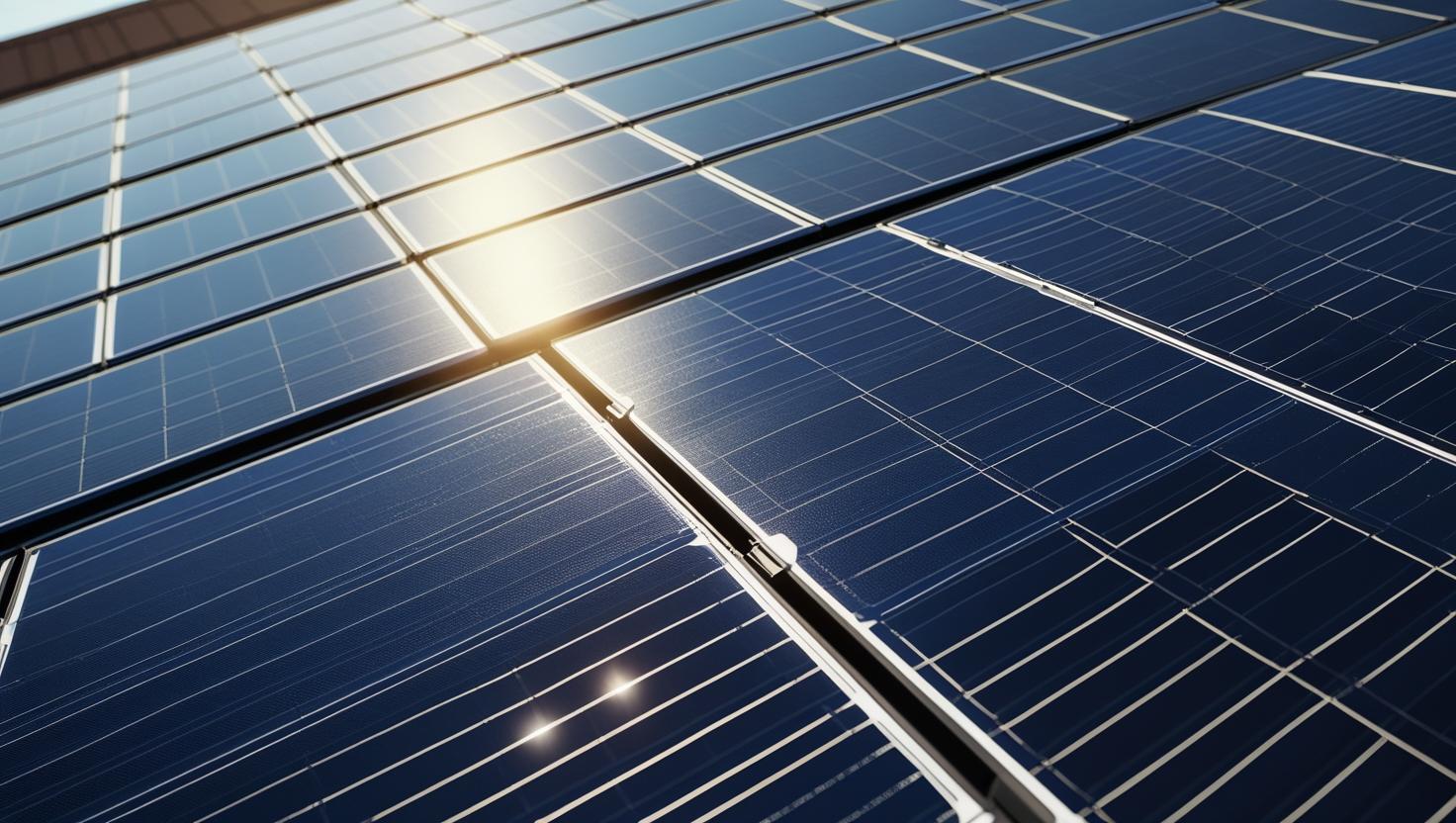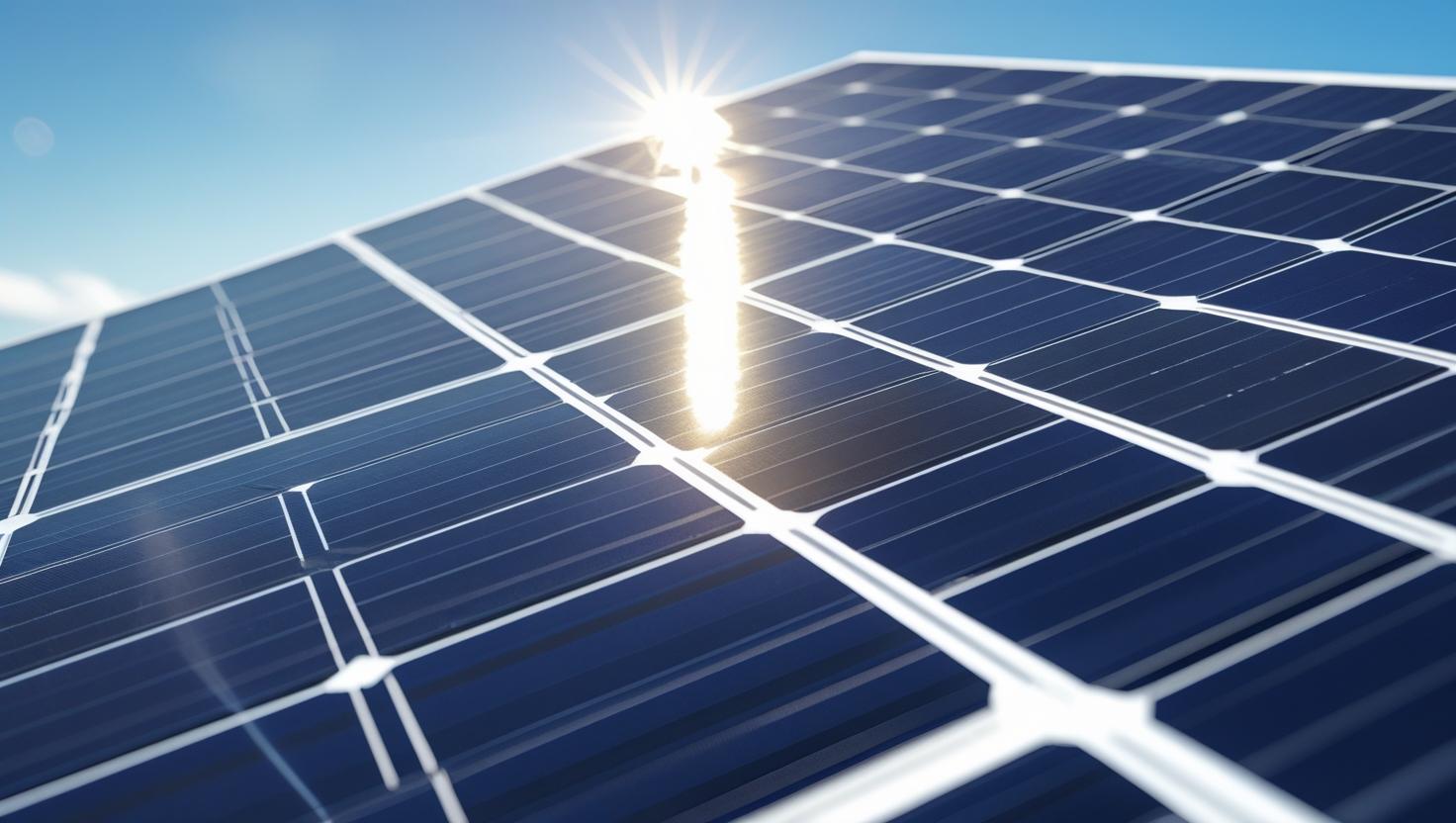
Solar Inverter Installation: Best Practices for Commercial Projects
Choosing and installing a solar inverter for a commercial project is not just about picking the most powerful model—it’s about aligning the inverter with your system’s design, grid requirements, and long-term operational needs. In commercial applications where energy demands are higher, mistakes in installation can be costly and affect system efficiency for years.
Prioritize System Compatibility and Load Profiling
Before selecting your inverter, perform a comprehensive site load assessment. This involves identifying daily energy usage patterns, peak demand windows, and the type of load (reactive, resistive, etc.). An undersized inverter may trip frequently, while an oversized one may lead to wasted investment. For grid-tied systems, ensure the inverter matches local grid codes and voltage/frequency parameters.
Pro tip:Use energy audit tools or partner with certified EPC firms for accurate load profiling.
Ensure Proper Sizing and MPPT Tracking
For commercial systems, oversizing PV arrays relative to the inverter (up to 120–130%) is a common and accepted practice. This ensures early morning and low-light generation performance. Additionally, choosing inverters with multiple MPPT (Maximum Power Point Tracking) inputs allows each string to be optimized independently, especially in partial-shade or multi-orientation layouts.
According to IEA PVPS reports, systems with MPPT-optimized inputs can yield up to 10–15% higher output annually.
Focus on Safety and Compliance
Commercial sites must adhere to local fire, electrical, and structural codes. Installations should include:
-
DC isolators near inverters
-
Surge protection devices (SPD)
-
String fusing or breakers
-
Proper cable management and grounding
Also, ensure inverter firmware is up to date and includes grid protection features like anti-islanding, fault monitoring, and remote shutdown.
Optimize Placement for Cooling and Access
Inverters generate heat, especially under heavy loads. Install them in shaded, well-ventilated locations with adequate clearance on all sides. Avoid areas prone to flooding or dust accumulation. Ground-mounted inverters are preferred in large-scale systems for easy access and maintenance.
Checklist:
-
Wall-mounted? Ensure load-bearing surfaces
-
Rooftop? Use weatherproof enclosures
-
Indoor? Provide forced ventilation if ambient >40°C
Integrate Monitoring and Remote Management
Modern commercial-grade inverters come with integrated monitoring tools or support for third-party platforms. These dashboards track performance KPIs like input/output voltage, current, energy yield, and fault alerts. Integrating inverter monitoring with your facility’s building management system (BMS) allows real-time insights and faster troubleshooting.
Popular monitoring options:
-
Wi-Fi or Ethernet-based dashboards
-
RS485 communication with BMS
-
Modbus TCP/IP for industrial systems
Common Questions About Commercial Inverter Installations
Q1: Do all commercial solar systems need a separate inverter?
Yes. Inverters are essential for converting DC power from panels to usable AC power for business operations.
Q2: Can I install the inverter myself?
Commercial inverters should always be installed by licensed electricians or solar EPC contractors familiar with safety codes and grid regulations.
Q3: What is the best inverter type for commercial use?
For scalability and control, string inverters with modular MPPT design or hybrid inverters (for battery storage integration) are preferred.
A Strong System Starts With Smart Installation
The performance of a commercial solar project hinges not just on the equipment you choose—but how well it's installed. From proper sizing and safety compliance to placement and remote monitoring, every detail matters. Atthlinksolar, we help businesses set up scalable, efficient, and regulation-compliant solar solutions from inverter to panel.
To explore our range of commercial-grade solar inverters and get installation support, visit ourhomepageorcontact us here.




